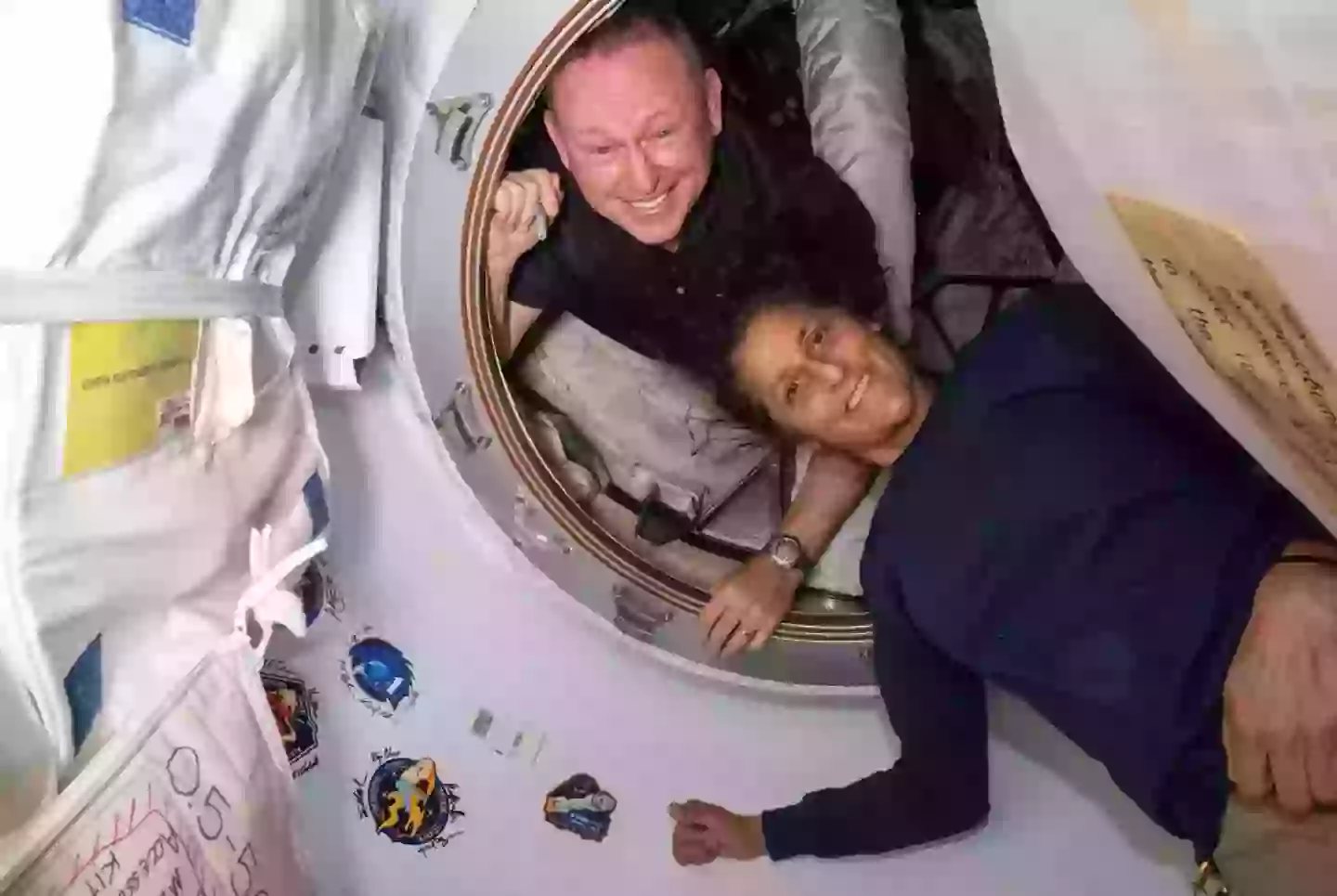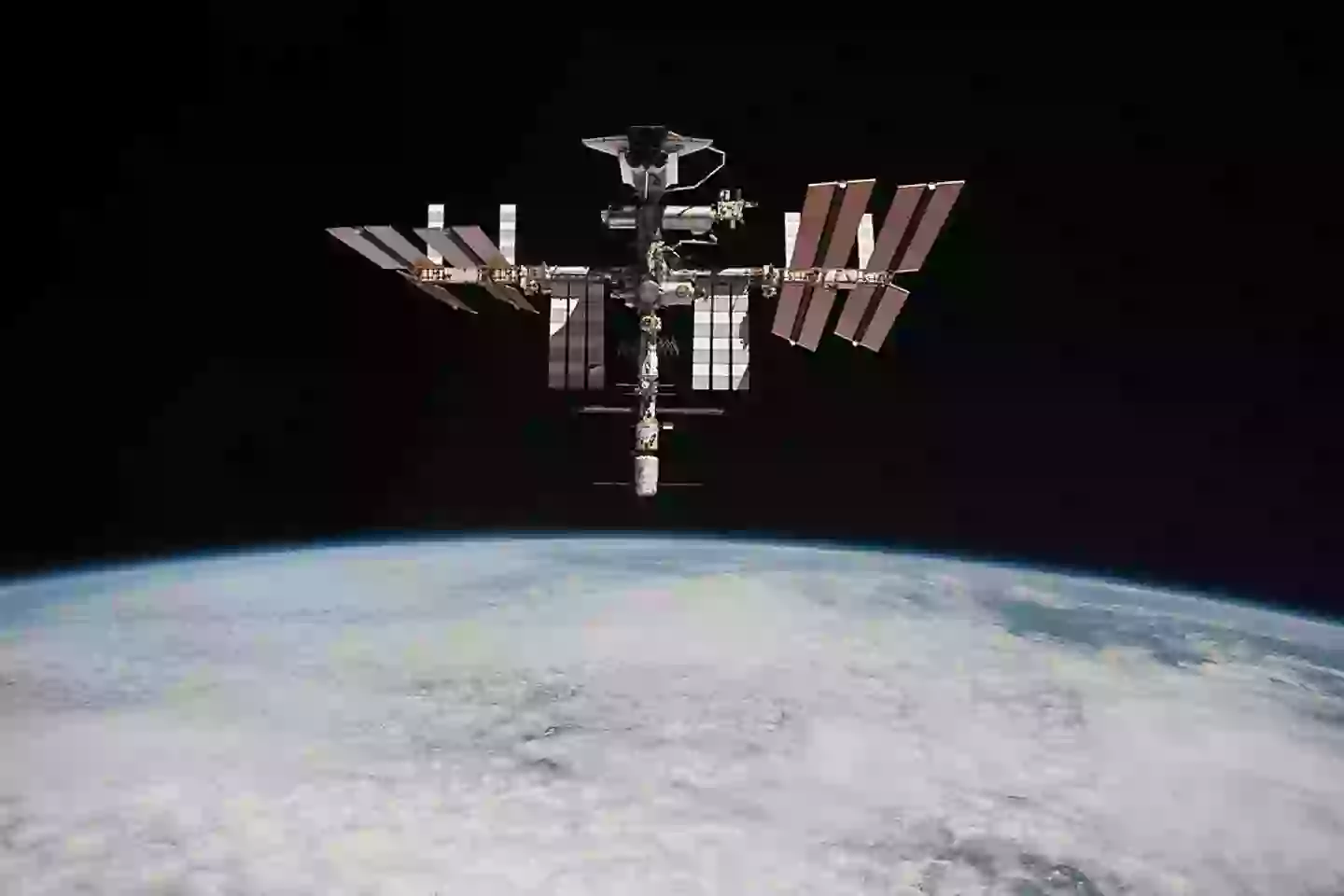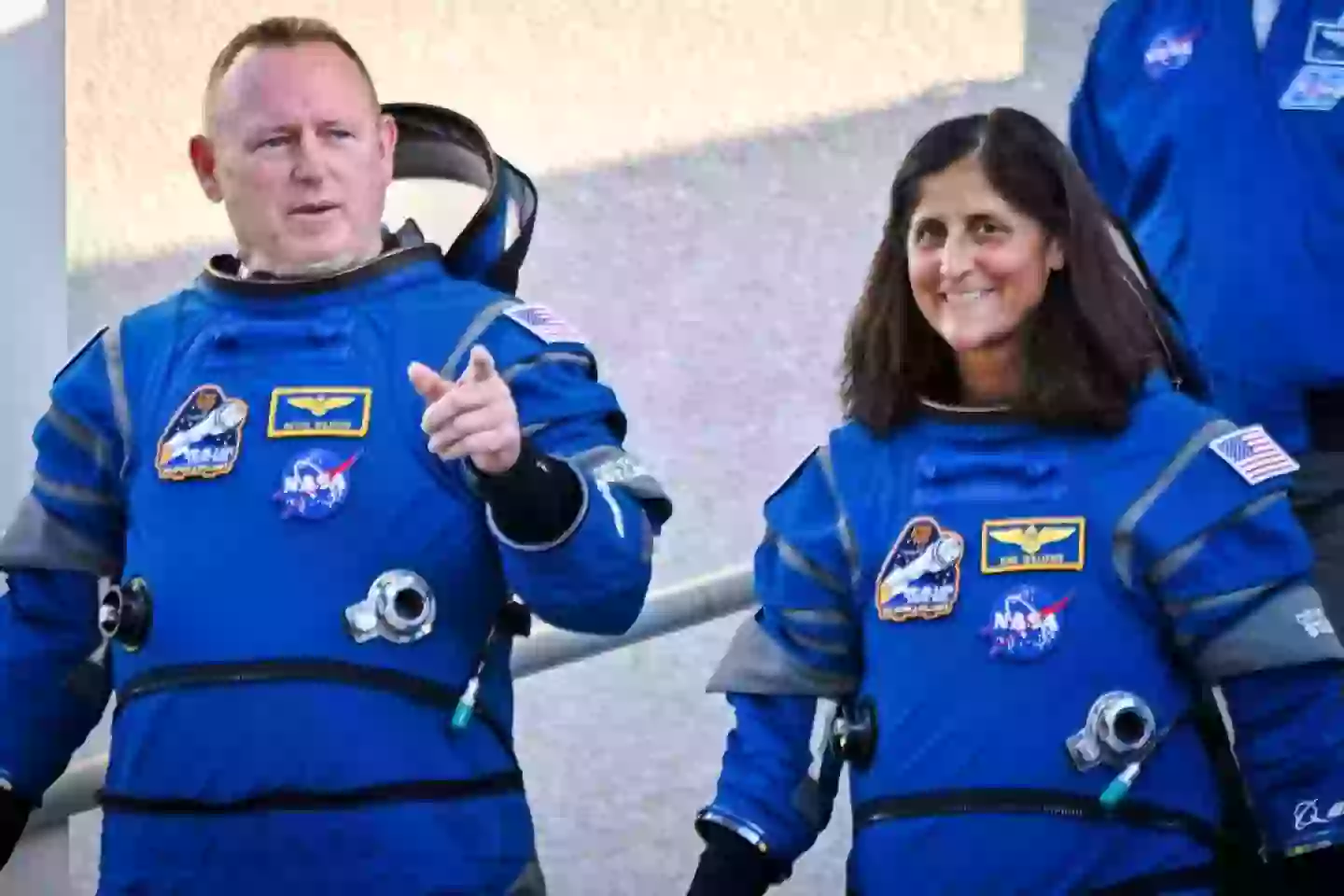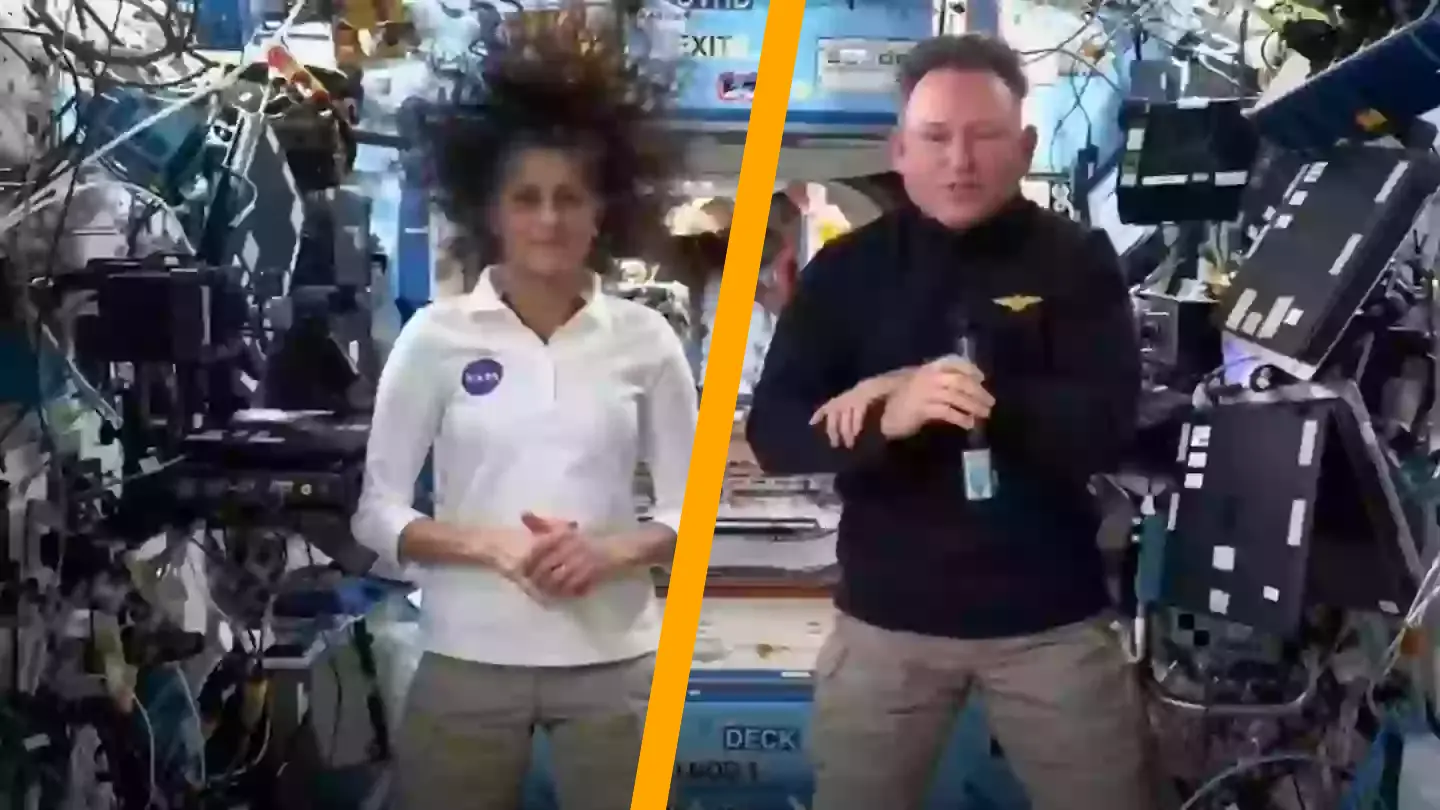An expert in space exploration has disclosed a concerning health issue that NASA astronauts on the International Space Station (ISS) may encounter.
Suni Williams and Butch Wilmore embarked on what was meant to be an eight-day mission in June but found themselves stuck on the ISS for eight months due to technical problems with a Boeing Starliner Calypso capsule.
This week, NASA, along with Elon Musk’s SpaceX, announced their plans to bring Williams and Wilmore back to Earth next month.
If all goes according to the schedule, their return could happen as early as March 12.

Living 250 miles above Earth presents unique challenges and can significantly affect the human body.
One major health concern for astronauts during extended space missions is the reduction in bone density due to microgravity.
NASA has found that astronauts may lose between 1 percent to 2 percent of bone density per month in areas like the hip and spine, compared to the 0.5 percent to 1 percent annual loss observed in post-menopausal women and older men on Earth.
To counteract this, astronauts must engage in daily exercise routines, including weightlifting and cardio, to maintain bone strength.
Dr. Tess Morris-Paterson, founder and managing director of Astro Perform, discussed the severe risk of bone density loss in space during a conversation with UNILAD.
According to Dr. Tess, during the first two weeks on the ISS, astronauts’ bones deteriorate similarly to what would happen if they were bedridden for two weeks on Earth.

She explains: “In the orbit that we currently have with the ISS, we know that within two weeks bone resorption occurs – the destruction of bone tissue that promotes bone loss – that bone formation is unchanged or decreases, that astronauts don’t absorb as much calcium, and they have more calcium in their urine.”
“So after even a very small amount of time, the body is preparing to lose bone according to the new situation.”
After eight months on the ISS, Williams and Wilmore could have experienced a 12 percent reduction in bone density in critical areas like the hips and spine, making their bones more susceptible to fractures.
“The spine and pelvis decrease more than other parts of the body, but the trochanter – a small rounded point the femur near its joint with the hip bone – is the worst affected, decreasing 1.56 percent per month,” Dr. Tess explains.

Interestingly, once back on Earth, the astronauts’ ‘non-weight bearing bones’ take longer to recover, remaining ‘below pre-flight levels even six to 12 months after the astronauts return.’
Regular exercise is crucial for helping NASA astronauts mitigate these issues while in space.
However, as Dr. Tess notes, exercising in the zero-gravity environment of space presents unique challenges compared to Earth.
“The exercise equipment has to be designed so that no vibrations are experienced in the spacecraft, which can additionally limit the load that can be implemented,” Dr. Tess explains.
Besides cardio machines, there are Advanced Resistive Exercise Devices, which ‘use vacuum cylinders to create the force on the individual,’ similar to weightlifting, but adapted for space conditions.
“It works with counterbalancing the force output with the vacuum cylinders. Therefore, when you push, it pushes back on you with a certain force or pressure,” Dr. Tess explains.
“You have to train for a lot longer to get the same stimulus… Astronauts will have to train for two hours a day, because the rest of the time, their body is not being ‘loaded’ or stressed by the everyday effects of gravity – such as getting up out of a chair, or walking up stairs.”
She concludes: “In fact, sometimes when astronauts return, their muscles have depleted everywhere except their arms, where they have been using them more to move around the station.”
So the next time you think about skipping a workout, consider the astronauts on the ISS who rely on daily exercise to maintain their health in space.

